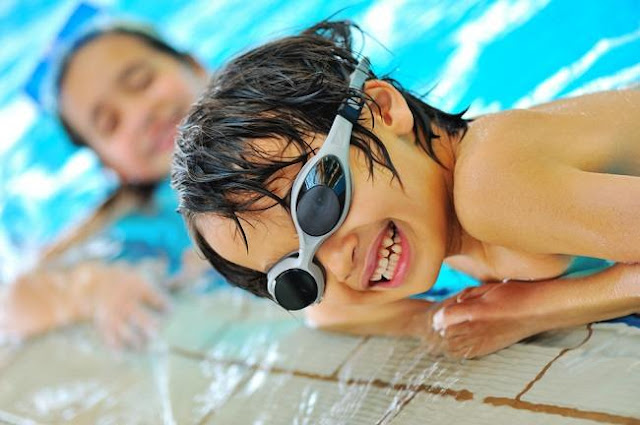Swimming is a fun water sport for the whole family. It's just that chlorine which is generally added to water in swimming pools must be watched as a trigger for allergies.
Chlorine is very effective as a disinfectant in water, so it is widely used for water purification. As in drinking water, chlorine in swimming pools can kill bacteria and other microbes. Generally chlorine in swimming pools is a derivative product, namely sodium hypochlorite or better known as chlorine.
Can Trigger Allergic Reactions to the Skin
Although it can kill bacteria, chlorine can stick to the skin and hair. Even small amounts of chlorine often interfere with skin and hair health. In some people, exposure to chlorine in water in swimming pools can also trigger allergic skin reactions. Here are some of the symptoms that generally arise from exposure to chlorine:- Reddish rash on the skin.
- Itchy.
- Inflammation of the skin that is painful or sore when touched.
- Dry and scaly skin.

Komentar
Posting Komentar